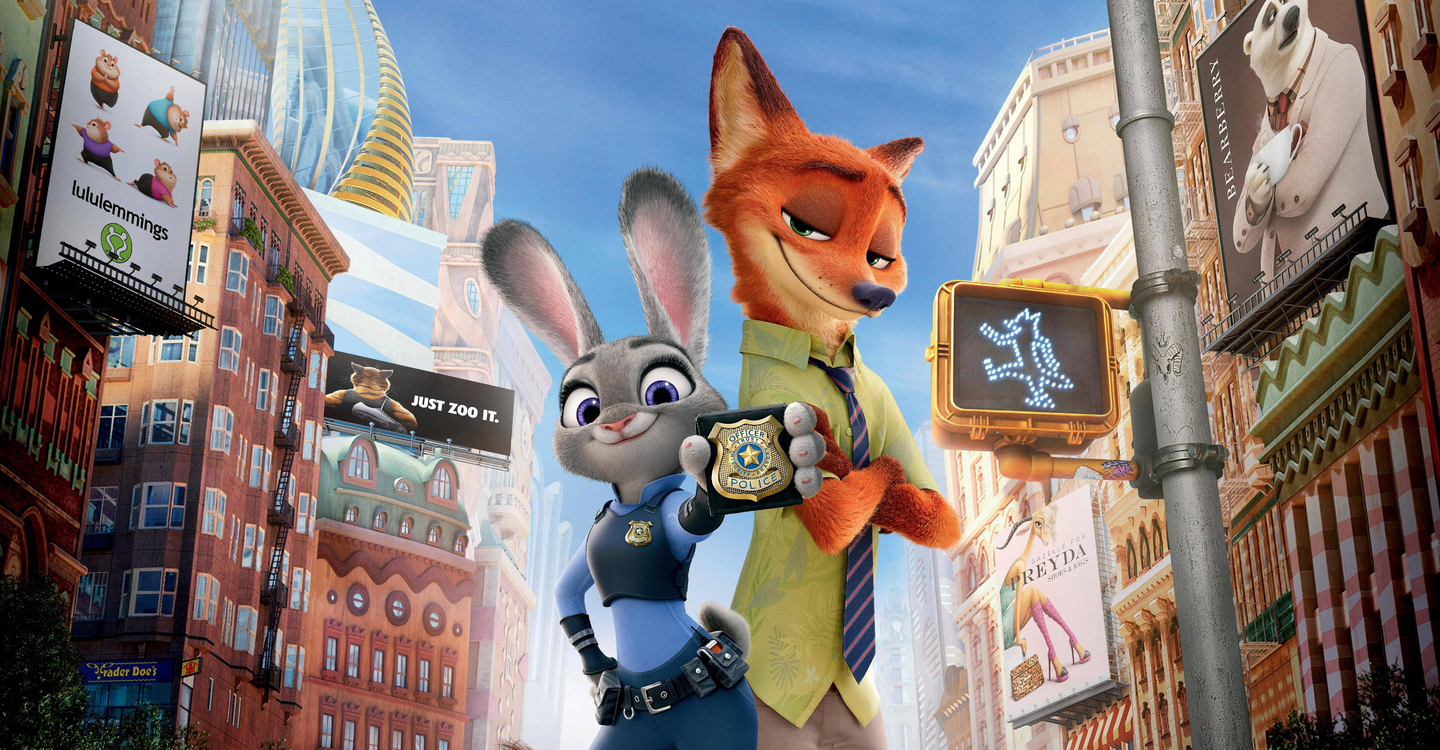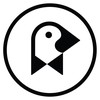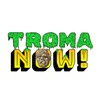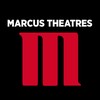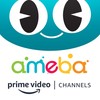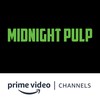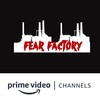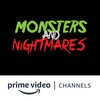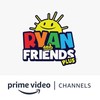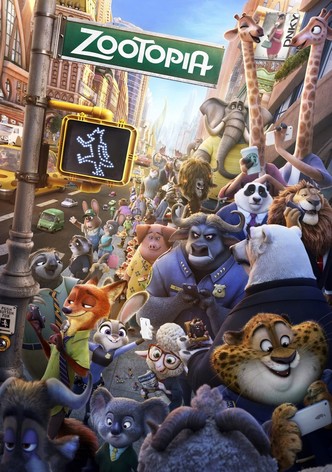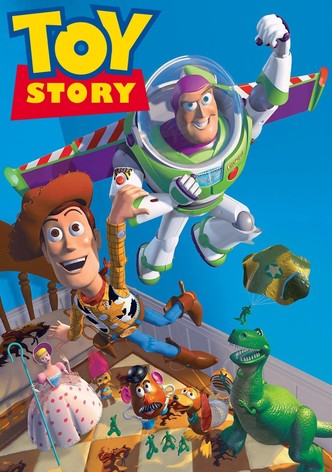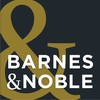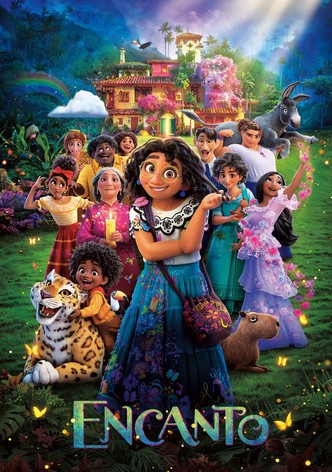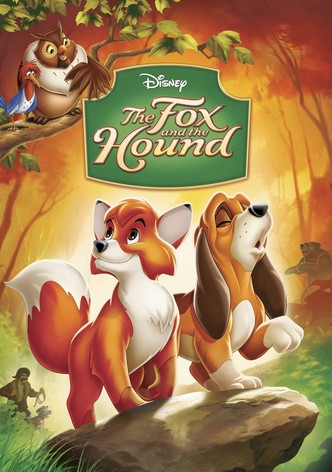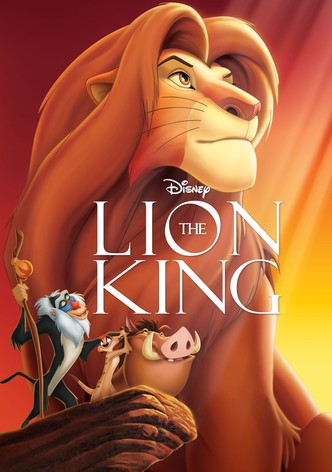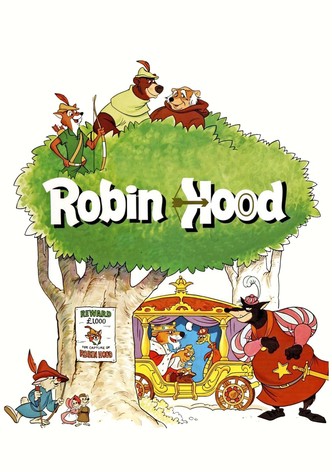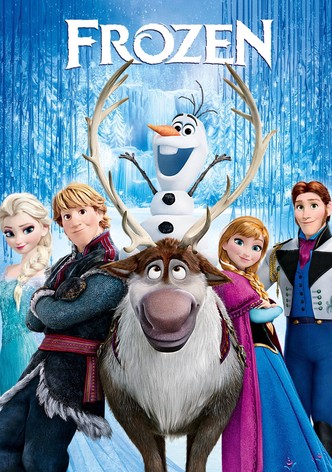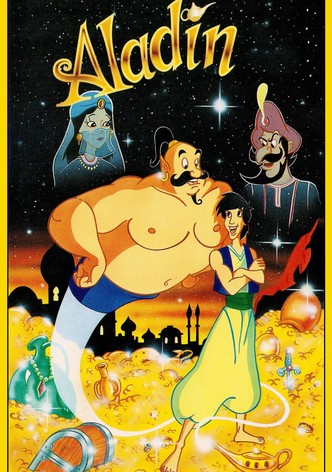Walt Disney Animation might have a reputation for being innocent and cartoony, but some of the animated Disney classics were originally a lot darker than they ended up being. Starting with Snow White and the Seven Dwarfs (1938), Disney animated films found a successful balance between sweet emotion, charming comedy, and surprising horror. These scary elements carried on in films like Pinocchio (1940) and continue to this day in movies like Raya and the Last Dragon (2021), where the horror is overt and part of the narrative.
However, some Disney classics almost went too far in this direction, with several beloved entries initially having far darker elements that were eventually cut. Sometimes it was a character’s personality that was tweaked, making way for more likable roles. Other times, character fates or plot devices were changed due to the sheer horror of the concept. Here are 10 classic Disney movies that started out with dark stories before production toned them down, all of which can be found on Disney+.
Zootopia (2016)
Zootopia is a deceptively complex entry in the Disney animated canon with some heavy subtext, but the film was almost much darker. For much of development, Zootopia had an underlying concept about racial and social prejudice, which plays out in the film’s use of fear about “predators” among the “prey” population to speak about how cruel governments can use violence and fear to maintain control. However, that sense of control was almost more literal, as early iterations of the film included shock collars on every predator, meant to keep them under control.
This version of the story had Nick as the head of an underground club for predators to take the collars off. This focus on behavioral control recalls harsher movies like A Clockwork Orange (1971), with Zootopia’s creatives ultimately deciding it was too sad and horrifying. A descendant of this beat still remains in the film, however, with a young Nick being traumatized by having a muzzle forced on him by his peers.
Toy Story (1995)
Toy Story largely works thanks to the charming characters at the center of the story, with Woody and Buzz’s friendship developing as the emotional core of Pixar’s foundational series. However, Pixar was initially told by then-Disney Walt Disney Studios Chairman Jeffrey Katzenberg to adjust the story and give Woody a bit more edge. The result was a far more confrontational and cruel character, who openly belittled the other toys and actively tried to sabotage the early, more naive incarnation of Buzz.
Luckily for Pixar, the Toy Story series, Disney, and global audiences, an early storyboard run revealed this direction left the film with a bitter tone that simply wasn’t entertaining. Katzenberg backed off and gave Pixar room to change the character, leading to the more likable version who appears in the film today.
Encanto (2021)
Encanto is one of many modern Disney films to focus on generational trauma as a story beat, with the climax of the movie seeing the family being torn apart by division and the magical house, known as Casita, crumbling as a result. However, while the tension of Encanto stems from Mirabel not getting powers of any sort, it’s ultimately left ambiguous why she didn’t receive them.
In an early version of the story, it was actually her mother who ensured this didn’t happen, so that Mirabel would be spared the pressure that comes with being one of the town’s magical helpers. The final confrontation would have therefore taken on a more personal level of betrayal between Mirabel and her mother, on top of the confrontation with Alma. However, this element was removed to maintain the mystery at the heart of the story. Notably, the originally intended climax also had Casita burn down instead of just crumble, leaving a ghostly parlor in its wake before it is restored.
The Fox and the Hound (1981)
The Fox and the Hound remains one of the saddest Disney movies in the canon due to its focus on two best friends who are torn apart by society and have to resist becoming enemies. The titular fox and hound, Tod and Copper, respectively, almost had a more serious reason to feud. Once the pair grow up, an older hunting dog, Chief, confronts Tod. In the final cut, Chief is injured trying to capture Tod. Copper blames his former friend for his pain and suffering, setting up their conflict for the rest of the film. However, the original version killed off Chief.
While this would have justified just how harsh Copper becomes toward Tod in the third act of the film, it was deemed too dark, and an injury replaced the death. Something similar actually happened during the development of The Lady and the Tramp (1955), with the loyal supporting character Trusty also intended to die from a leg injury. Likewise, the filmmakers decided it was too sad and allowed the character to live, albeit with an injury.
The Lion King (1994)
The Lion King went through a lot of growth during development, evolving from Walt Disney Animation’s secondary project besides Pocahontas (1995) to becoming one of the studio’s most acclaimed and successful films to date. While the film has some somber and scary moments to break up the emotional highs and hilarious beats, one particularly grim scene almost changed the entire ending of the film.
In the original version of Simba and Scar’s final confrontation, Scar actually gets the advantage and pushes Simba off Pride Rock. However, the spreading wildfire kills Scar, who is too busy laughing maniacally. Noting that this scene undercut the quiet triumph of Simba winning the day, the ending was tweaked, and Scar lost the battle. However, the creatives maintained a grim finale for Scar by having the hyena under his command turn on him, leading to his inglorious death just barely off-screen.
Robin Hood (1973)
Robin Hood gets by on charm above all else, with an ending that sees Robin brush off a close call with death before the film jumps ahead to his happy ending with Maid Marian. However, the original ending for the film would have taken it in a much more tense direction.
In earlier conceptions of Robin Hood, Robin is genuinely injured following his near-death escape. Taken into Father Tuck’s church to recover, Maid Marian tries to take care of Robin, only to have Prince John attack the pair with a blade. He even comes close to killing them before King Richard steps in, saving the day. It’s a tense scene in a film that otherwise unfolds as a serious divergence from the rest of the charming adventure, explaining why the creatives behind the scenes might have decided to cut it.
Frozen (2013)
Frozen was a massive success when it hit theaters, cementing the new era of Disney. Elsa was an especially unique riff on the Disney protagonist archetype, a female heroine not driven by romance or hope but by struggles with self-acceptance. Her song “Let It Go” became an anthem for the generation that grew up with the film, playing as a ballad of empowerment and self-fulfillment. It was also almost a villain song, reflecting the fact that Elsa was initially intended to be the central antagonist of Frozen.
Early development took more cues from the classic fairy tale, where the Snow Queen is a far more malicious character. While in production, the demo for “Let It Go” began to sound less like a villainous monologue and more akin to a traditional musical number for a Disney lead character, so the filmmakers ran with the idea and eventually landed on the more heroic version that appears in the film, as well as justified the emotional arc of Frozen II (2019).
Aladdin (1992)
Aladdin went through a lot of little changes during the course of development, shifting from a more traditional musical, changing major elements like Jafar’s personality, and even cutting characters like Aladdin’s mother. One of the most important changes to Aladdin was the film’s tweaks to Jasmine, who was initially explicitly made 15 years old.
In the original version of the film, this added an uncomfortable element to the Sultan’s demands that his daughter be wed by her next birthday. Her young age was also reflected in her personality, which was initially more immature and antagonistic with the citizens of Agrabah. Ultimately, the filmmakers shifted gears and made her both a more empathetic character and someone who, while naive about the workings of the world outside her palace, was portrayed with more maturity and age.
Bambi (1942)
One of the most iconic dark moments in Disney Animation history, the death of Bambi’s mother in Bambi was almost far darker. Reflecting on the book that inspired the film, Bambi’s mother was always going to die at the hands of a hunter. It happens off-screen in the finished film, which was an effective and somber way to highlight the sudden nature of death. However, other versions were considered where audiences would see Bambi’s mother fall over after being shot or that Bambi would discover a small pool of blood.
These were cut after being considered too dark. While the hunter faces no repercussions for his actions, other versions of the ending had the hunter be responsible for the fire that breaks out in the film’s third act, only to be caught up in it, with a silhouette of his death cluing in the audience to his fate. However, Walt Disney, personally, decided to have the scene cut after seeing a test audience react with horror to the shot, indicating there is a level of “too dark” for Disney.
Lilo & Stitch (2002)
Lilo & Stitch benefits from a sweet emotional core and a watercolor aesthetic, but the finale of the film had to be cut because of the unfortunate timing of the intended climax. In the ending of Lilo & Stitch, the alien Captain Gantu accidentally captures Lilo. To rescue her before he takes her to space, Stitch steals Jumba’s ship and gives chase. This was a hastily modified tweak because the original ending stopped being a possibility during the final stage of production.
Originally, Stitch, Jumba, Pleakley, and Nani hijacked a Boeing 747 and flew it through a nearby city. However, during the final stretch of the production, the 9/11 attacks occurred, and the imagery of a passenger plane flying through a city became a much harder sell. Thus, the sequence was reanimated in a remote section of the island and changed to a spaceship.

